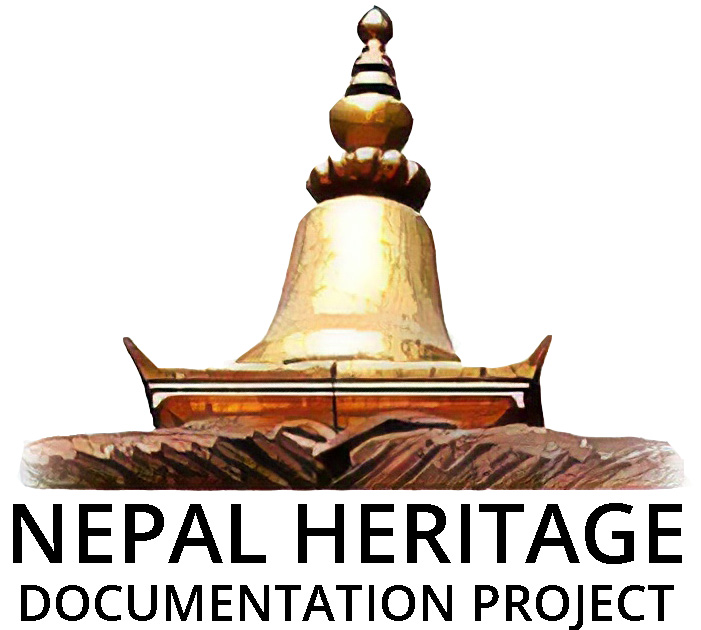Kālo Pula ("Black Bride") at Teku, Kathmandu
Curated by Rajan Khatiwoda

The Kālo Pula suspension bridge (DANAM ID: KAT2682) over Bagmati River in Teku has a history dating back to 1940 CE (VS 1996) when Prime Minister Juddha Śamśera responded to public demand for improved infrastructure. "Kālo Pula," meaning "black bridge," gets its name from its dark metal construction, linking Lalitpur's Sanepa to Kathmandu's Teku over the Bagmati River. Before Kālo Pula, locals used a makeshift bridge of wood, bamboo, and ropes for river crossings. Queen Lalita Tripurasundarī initiated a timber bridge in 1812 CE (VS 1868), and the use of foreign materials like metal began in the early 1900s with Candra Śamśera. In 1940 CE (VS 1996), Prime Minister Juddha Śamśera oversaw the construction of Kālo Pula, addressing the concerns of people from Kāntipura, Khokanā, and Pharpiṅga. The 400-meter-long bridge facilitated agricultural activities, and Captain Narabahādura Kārkī served as chief engineer. The bridge, inaugurated by Northern Commanding General Bahādura Śamśera Rāṇā, features a unique inscription, deviating from the customary depiction of deities. As of December 2023, Kālo Pula is actively used by pedestrians, complemented by a neighboring bridge catering to vehicular traffic to the west. For more information, visit DANAM entry here.
